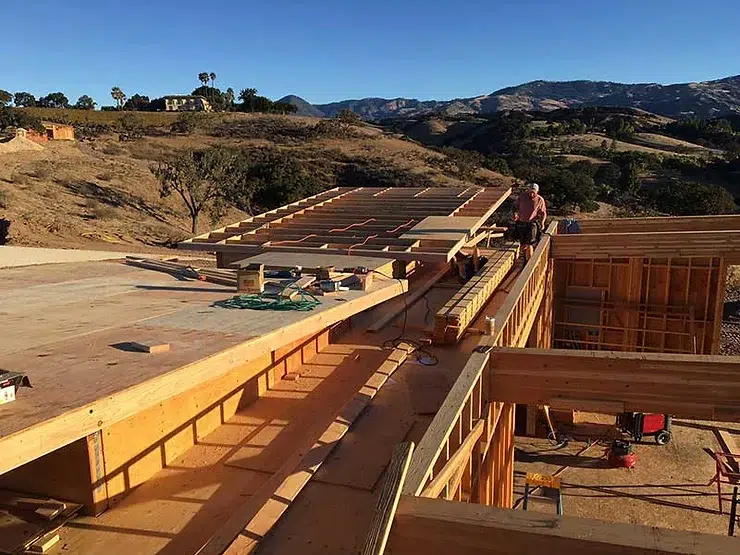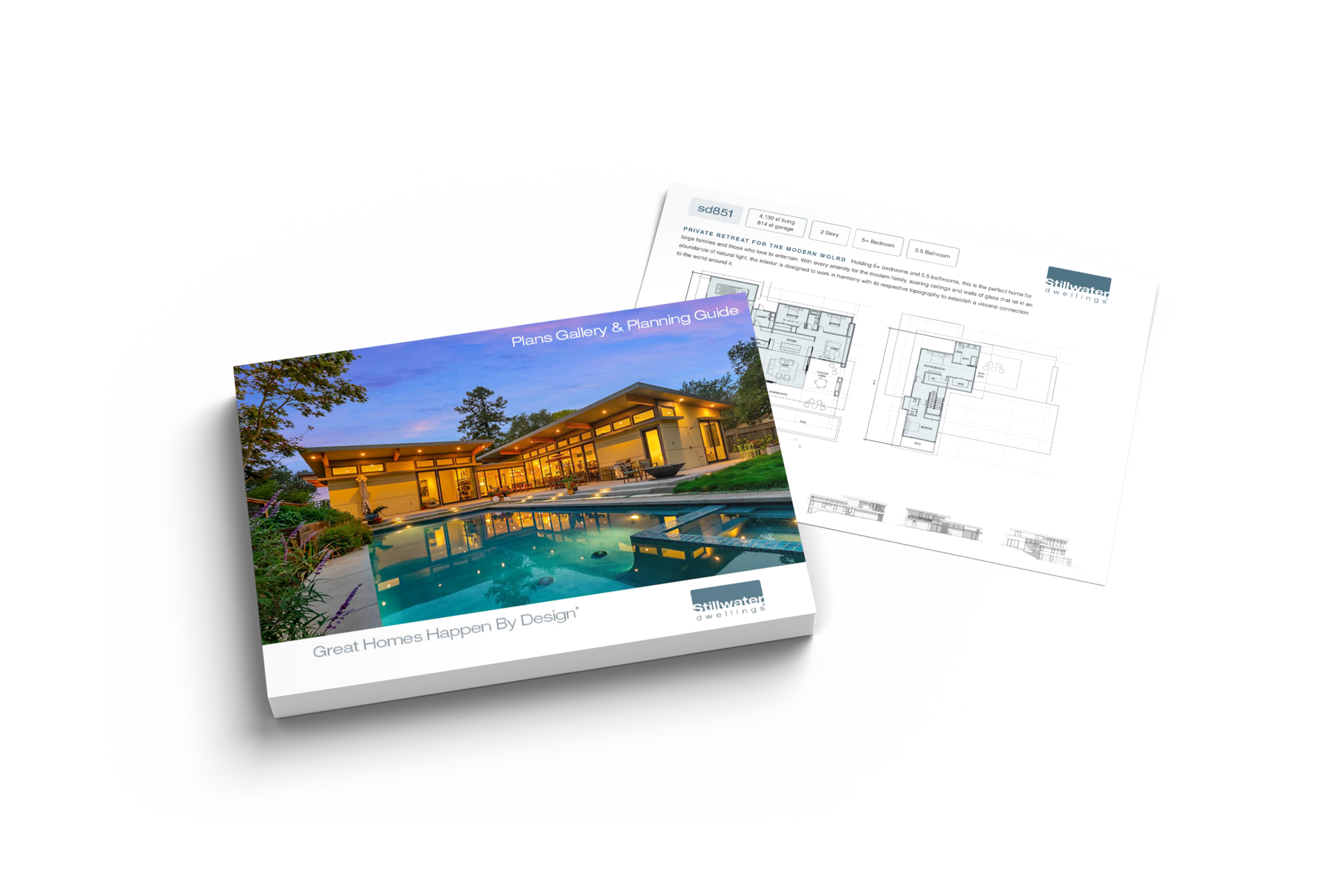The leadership team here at Stillwater Dwellings has been monitoring the rising cost of lumber for some time now. While this is not something to be taken lightly, the truth is the market for nearly all building materials has been affected. Pandemic-related impacts have influenced global markets for commodities and raw materials in unprecedented ways. Sustained labor restrictions, temporary facility closures, logistics obstacles, and rising demand have always occurred in some shape or form, but rarely have they happened concurrently like what’s taking place now.
Taking framing lumber as an example, what normally accounts for 50 percent of a housing project’s costs has ballooned to approximately 75 percent. Residential construction is particularly hard hit as we enter spring and summer selling season. Framing lumber prices have increased by 180 percent since spring 2020 and have raised the average cost of a new home by $24,000, according to the most recent data from the National Association of Home Builders.
The homes we design and build at Stillwater Dwellings occupy the higher end of the housing market. Most clients are willing and able to absorb some fluctuations, however, for the vast majority of the market, it’s become an unsustainable situation.
What’s Happening in the Lumber Market
Even before the pandemic, the number of operational mills in the United States was a concern. The Great Recession forced the closure of many, and some never reopened as the economy recovered. As COVID-19 required stay-at-home orders across the country, mills had to temporarily close or slow production, which reduced supply. Reopenings have come with challenges and obstacles, most notably labor restrictions and transportation issues due to pandemic health and safety regulations. Couple this with sustained market demand and a surge in new housing starts and remodeling projects, and the situation has become dire, with severely low inventories and unprecedented prices.
Many builders are having to make hard choices about the feasibility of current and future projects. Builders are looking for lumber by any means they can get it, including making adjustments to board quality. Interest in engineered lumber is on the rise, but it comes at a premium. The use of inferior quality lumber, called green lumber, is also increasing. True to its name, green lumber has a higher moisture content than standard and high-performance wood products. It’s susceptible to twisting and bending, adding strain to the structure that makes a home more vulnerable to defects.
How Prefab Construction Creates Market Insulation for Clients
Some lumber cost increases can be mitigated by cost savings in other areas, especially if working with a prefab builder. Unlike many custom builders that purchase lumber at retail pricing, Stillwater Dwellings has wholesale partnerships and can pass along these benefits to clients. Our team’s forecasting permits us to plan well in advance of each project to ensure lumber inventory when frame manufacturing is scheduled to begin.
Panelized framing is a more cost-conscious option over traditionally built homes. Stillwater custom homes are completely in-house designed, engineered, and manufactured. Our architects and engineers work early in the planning phase with panel manufacturer and sister company Stillwater Building Systems to simplify structure design to minimize waste and increase efficiency.
We use MiTek software systems and a specialized saw optimizer to model structures for precision that can’t be matched in the field. This process allows for the most efficient use of panel lumber specific to each home’s design, yielding only one to two percent waste per project. For comparison, a traditional site-built custom home is responsible for between 15 and 20 percent in lumber waste alone, which in today’s market is literally throwing money away!
With our fully integrated manufacturing system, our team can evaluate, anticipate, and resolve mechanical, HVAC, and plumbing issues before things move to the job site. Problem-solving in these early stages in a closed manufacturing facility reduces the chance the same issues crop up in the field, which saves time and labor costs that would be required to fix them. Finally, the use of prefab panels reduces cycle times by approximately 25 percent, representing a loan carrying cost reduction by about three months.
Prefab Creates More Predictability in Uncertain Times
While we can’t control everything about today’s surging real estate and home building market, we can guarantee a more efficient and streamlined construction process that significantly reduces lumber requirements and waste. Prefab home construction means you don’t have to wait on the sidelines to begin building your dream home. Contact us today to learn more about the prefab building process and available plans.












